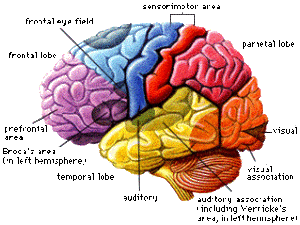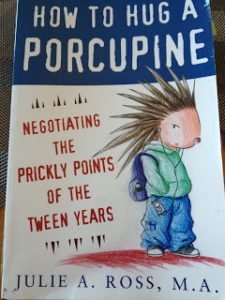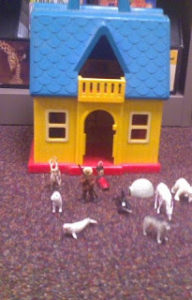A few months ago, one of my child clients made up a pretend-play out of Frozen’s characters and incessantly talked about the story during the session. It was impossible not to notice the emotional effect of the movie on this little girl. There was an effervescent quality in her state of mind. Then something strange happened; every week there were more child clients talking about the movie and using some of its elements in their play, drawing or conversation with me. So I had to watch it and I had to watch it soon.
For a long time I considered The Lion King as my all-time most favorite movie among animated movies geared towards children. I watched my nephews, nieces and friends’ children grow watching it over and over again- every time with the same fascination as the first. It was one of the very rare modern stories that carried the quintessential features of fairy tales. Hence enchanted and mesmerized children all over the world.
This time, when I watched my young clients mentioning Frozen with almost the same awe, I knew this was another “The Lion King” phenomena. The movie as a Disney production provides a very rich experience in terms of music, cinematography, and visual and auditory effects etc. I am not an expert on technical matters, but looking at it as an audience..well, the movie was very successful indeed. Regarding the content of the story though, I might have more to say.
The Lion King was about parent-child relationship and how each of us carry an internal and eternal reflection/image of our parents (primary caregivers). The wise monkey, Rafiki made this point very clear when he told grief-stricken Simba that his dad would always live in him. The story also touched on other archetypal issues such as loss, growth, fight, triumph, and an orphan going back home to reclaim his identity. Therefore, I thought of The Lion King as a modern fairy tale.
In Frozen, on the other hand, we see a lateral relationship, i.e. between siblings- more accurately sisters- at the center of the story. Siblings are the second most important figures (following parents) in our lives, who influences our psychic development. Anyone who has sisters or brothers can attest to that. Some readers might have even heard of a theory on birth order and its effect on personality. (See this page for more information.)The most poignant part of the story to me was when Anna got saved by her sister’s love, not by Prince Charming’s love. The relationship we build later in life with our life partners are very important of course, but it is a well-known fact that we are often not so good at our choice of partners, at least the first time around. Hence the 50 % divorce rate in the Western world. But our love for our sisters and brothers, no matter how different we are, is the true love as Frozen suggests.
“Our brothers and sisters are there with us from the dawn of our personal stories to the inevitable dusk” ~ Susan Scarf Merrell (1995, p.15)
Some writers argue that the significance of the sibling bond has been underestimated in psychoanalytic literature. Consider the quote above. Our siblings, under “normal” conditions, are the only people, who would continue to co-exist with us, long after our parents pass. That is what happened in Frozen: Anna, left orphaned, never gave up on her estranged sister, Elsa.
No matter the quality of our relationship with our siblings, the bonding we established with them is very significant and Frozen was able to capture this human experience. I can’t wait to see my siblings next week and tell them “they are sometimes annoying, but I LOVE them”.
Thanks for tuning in!




